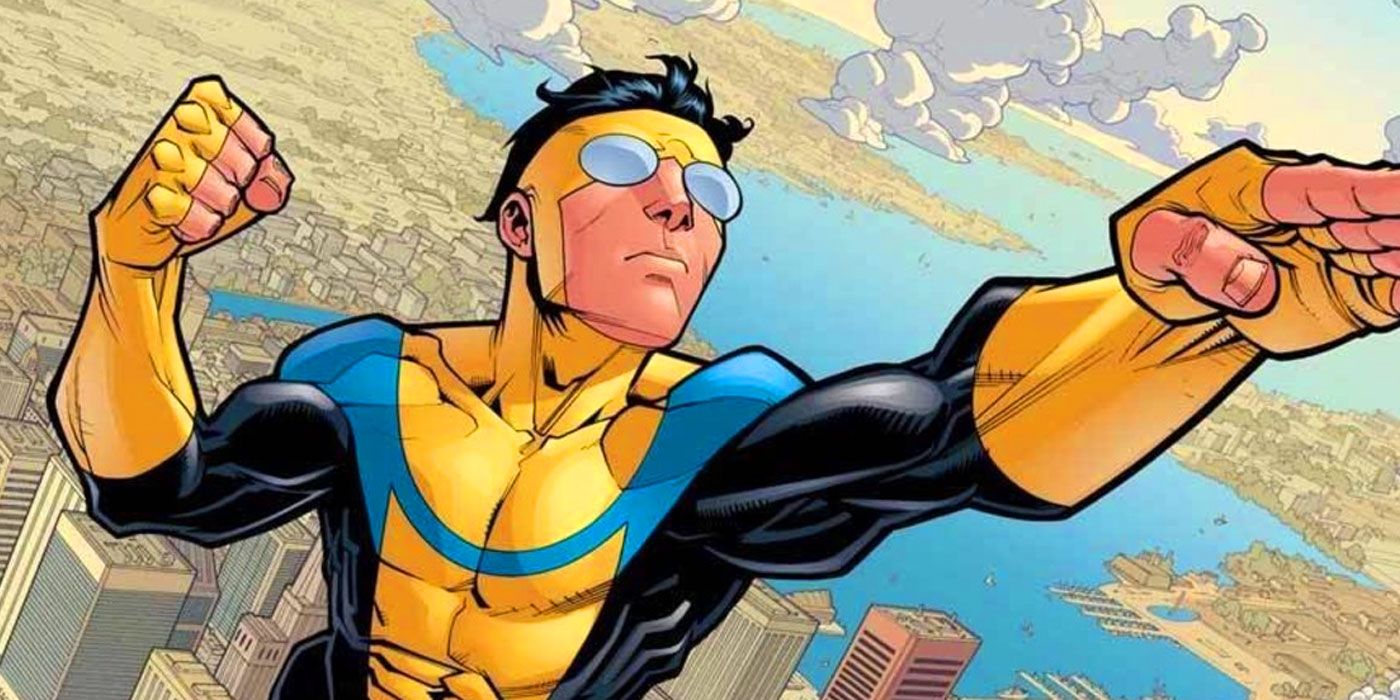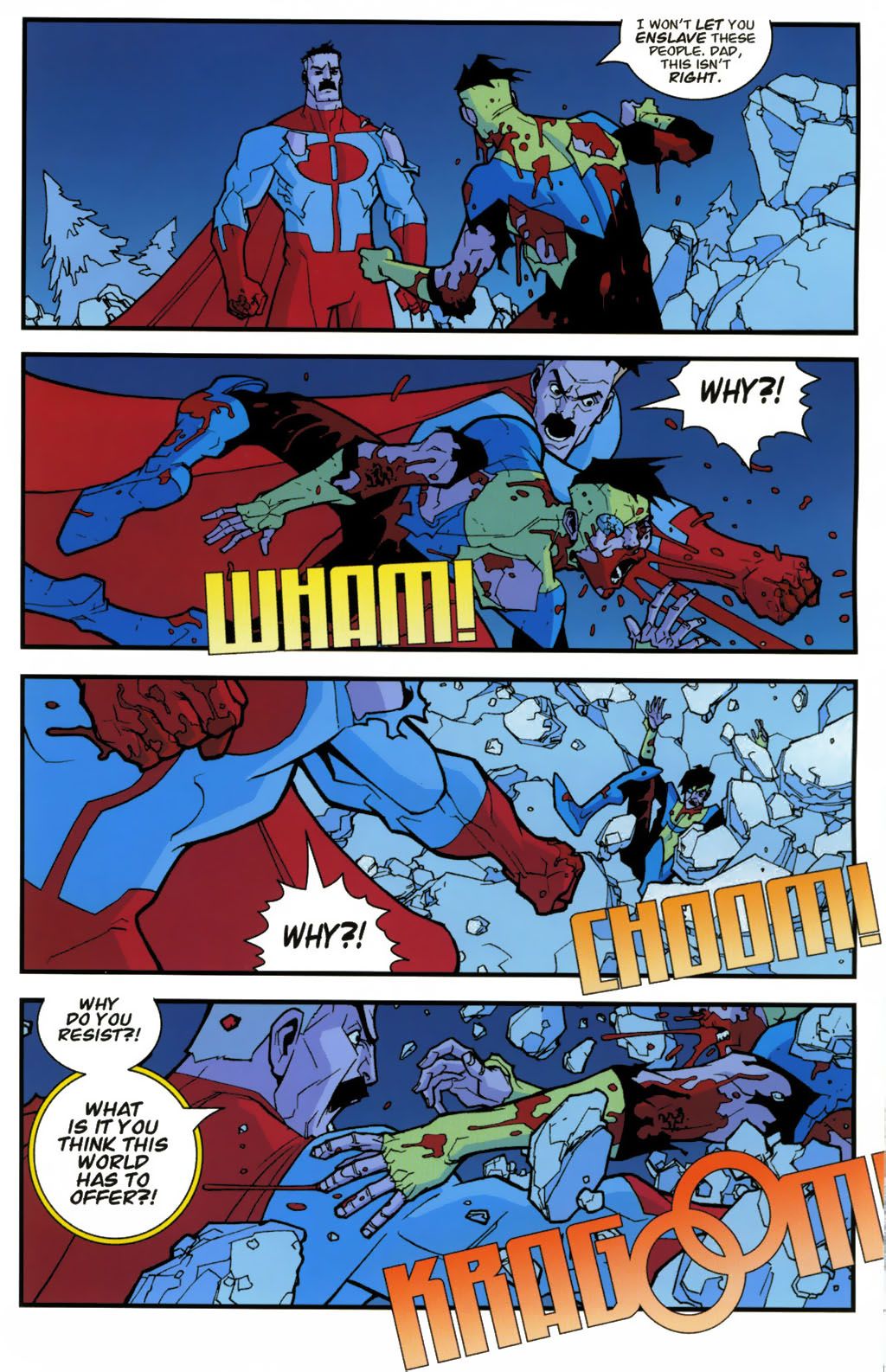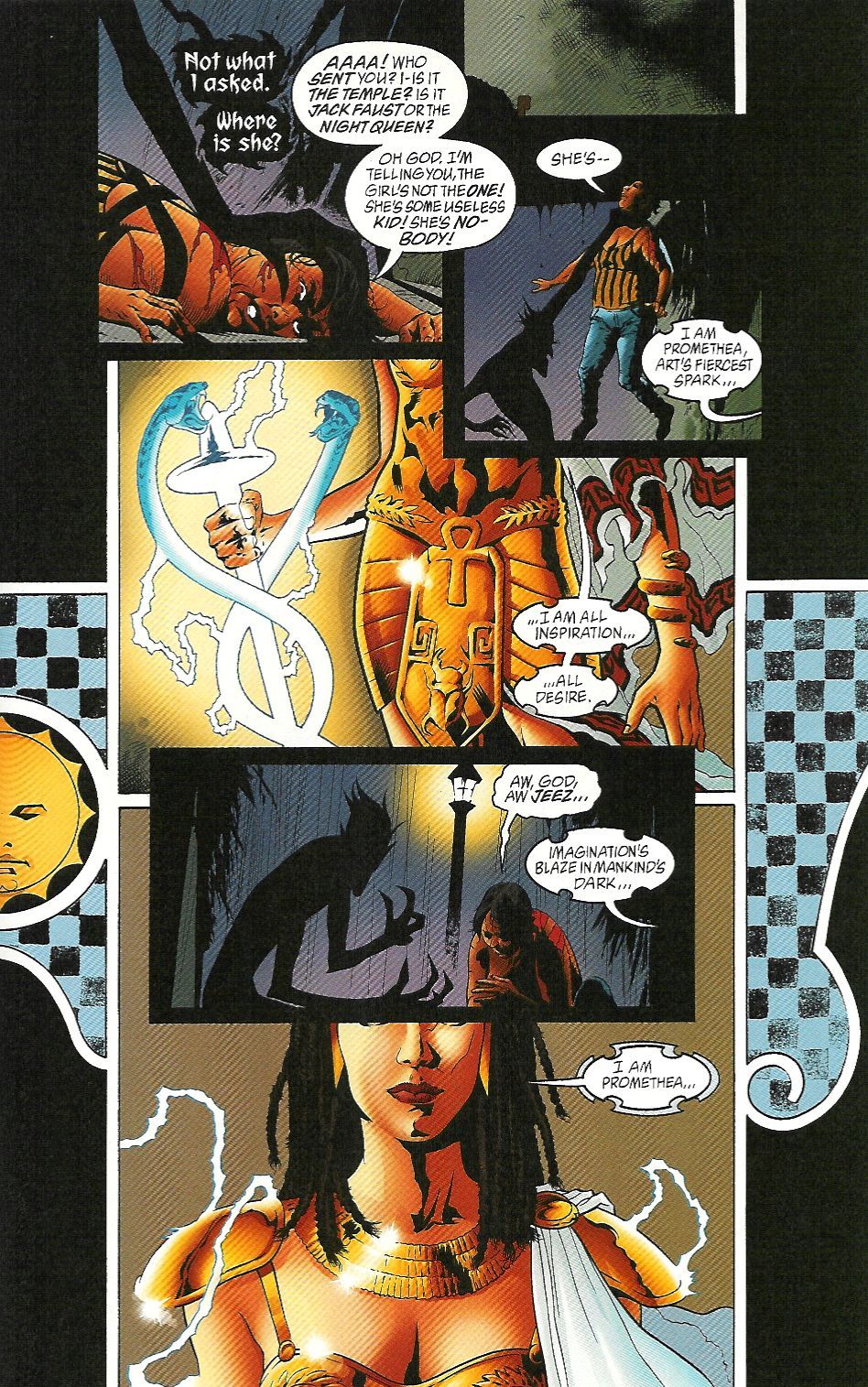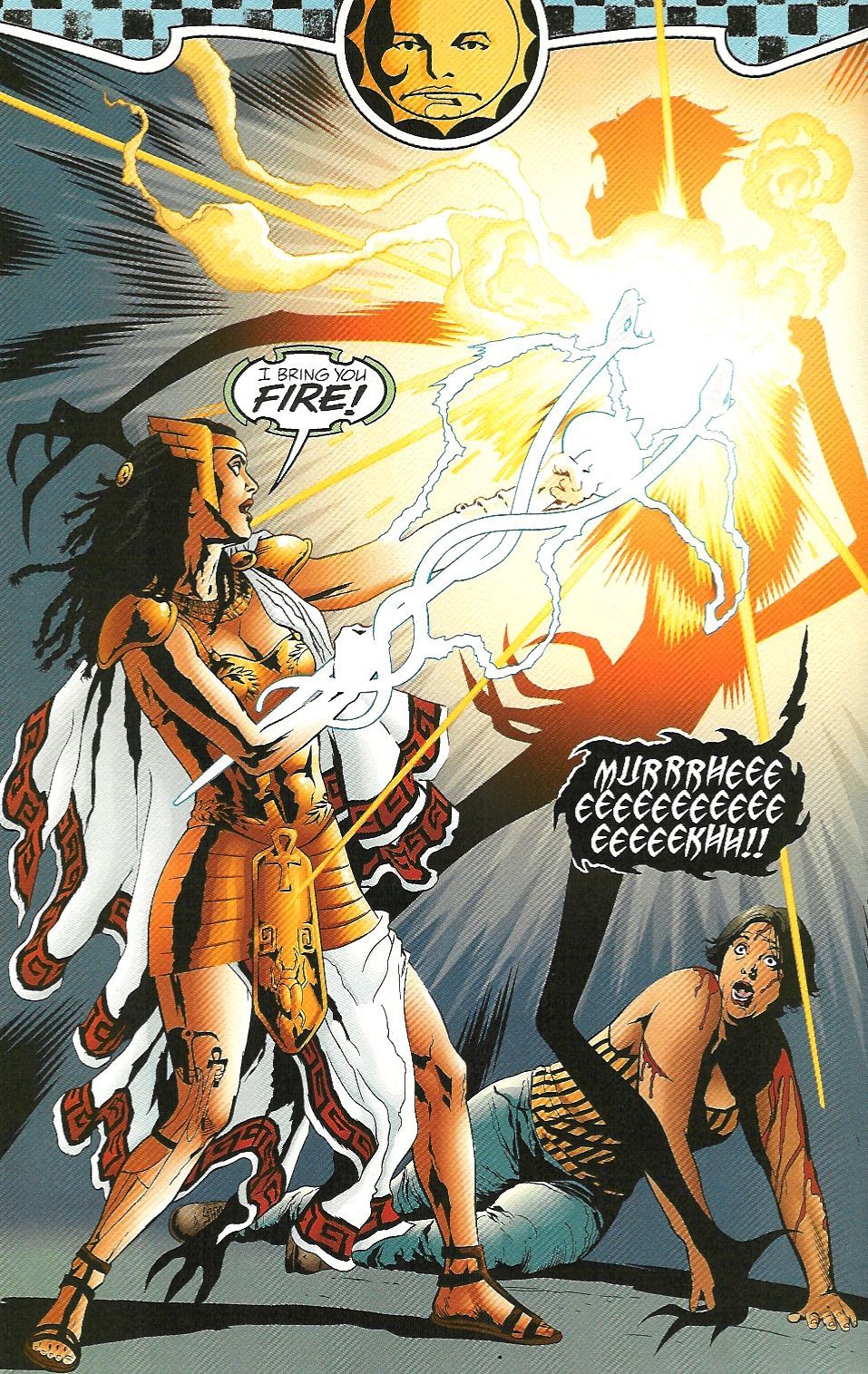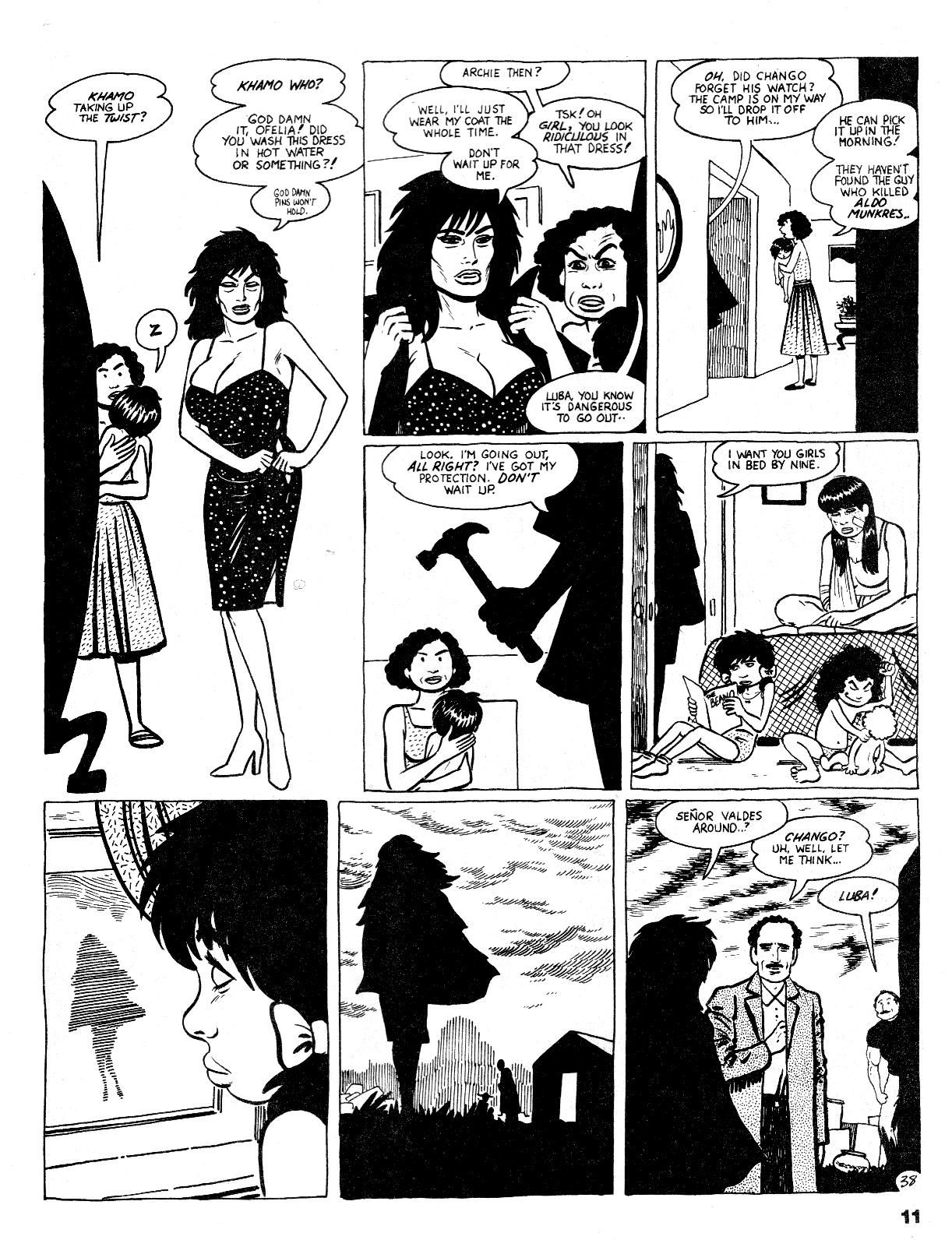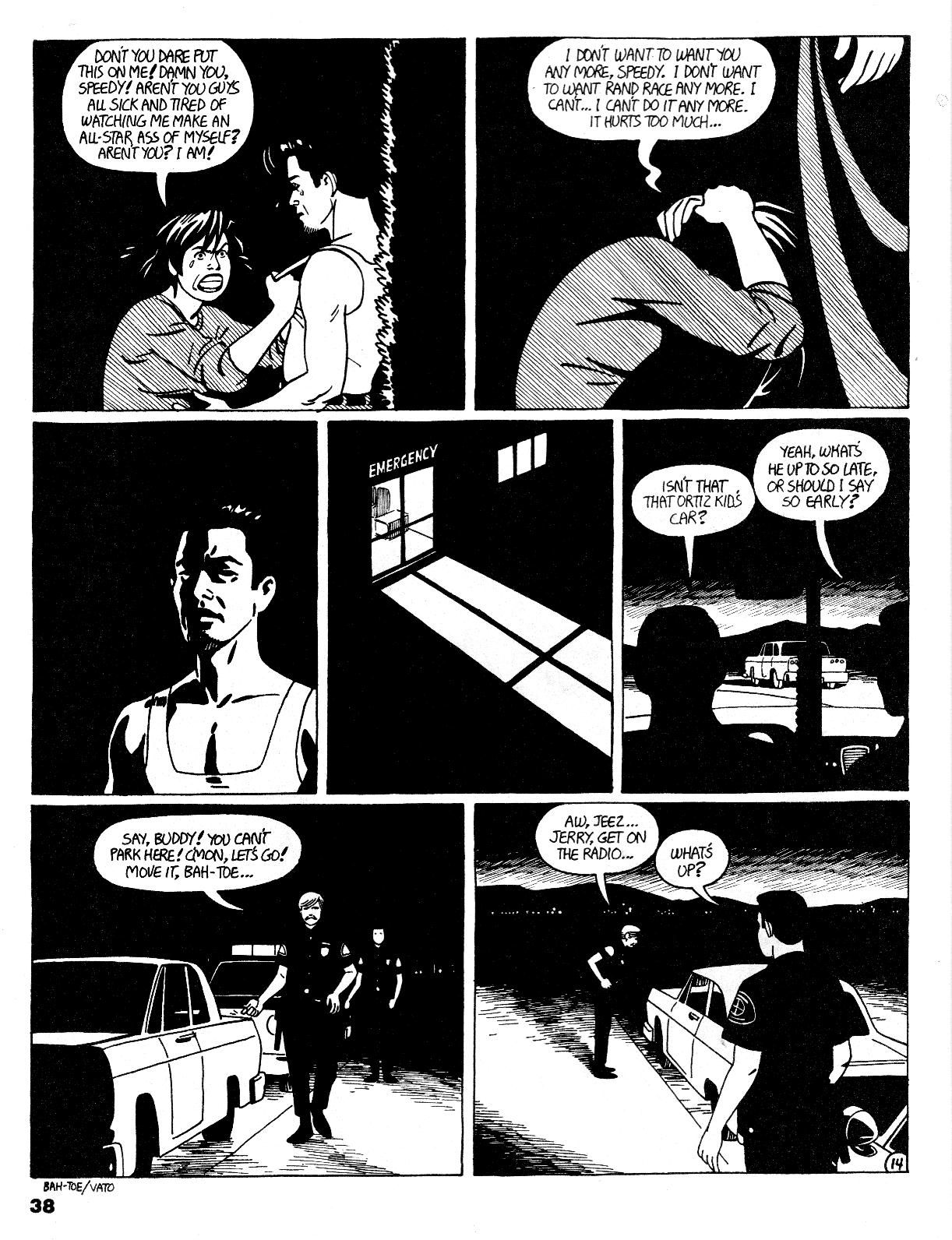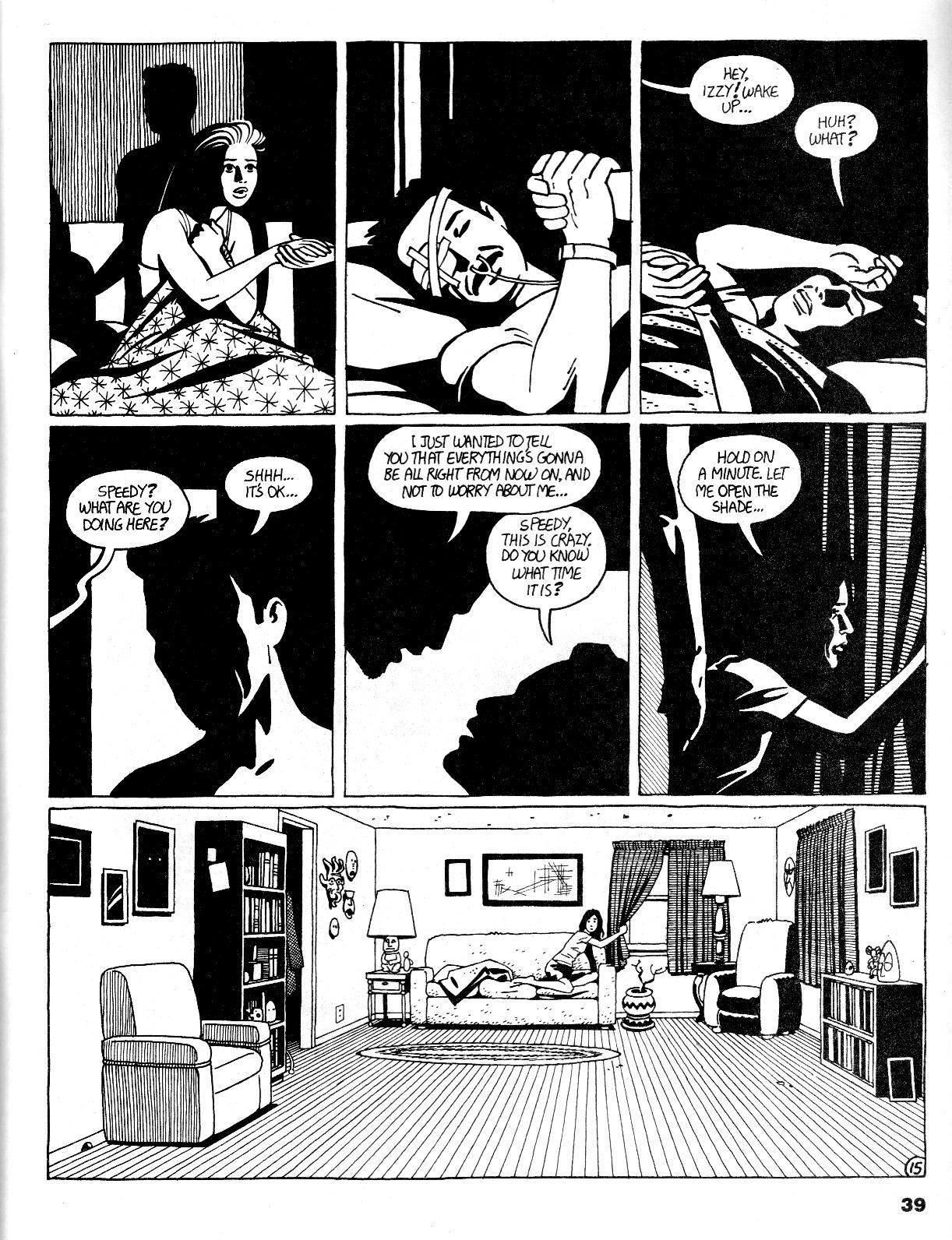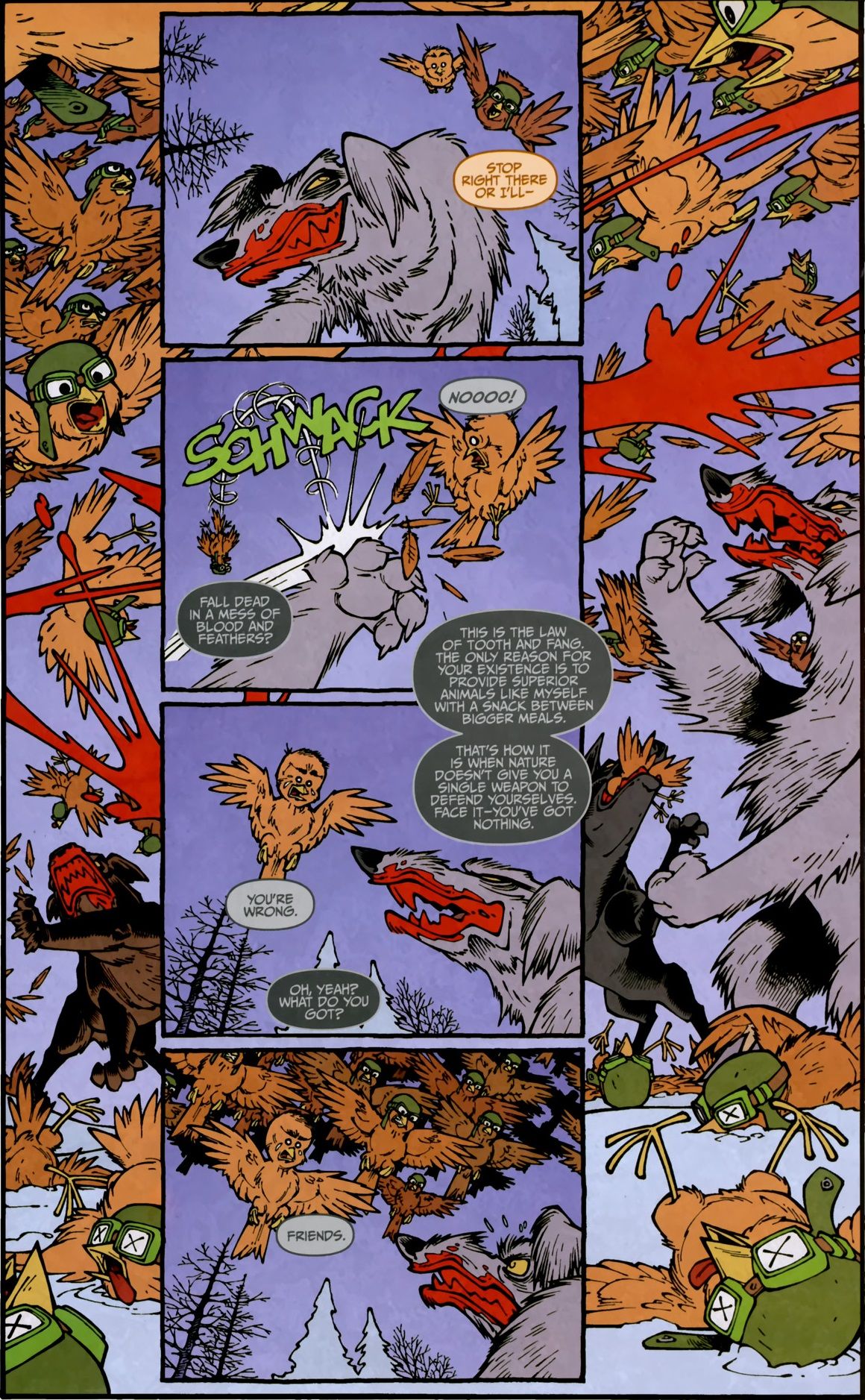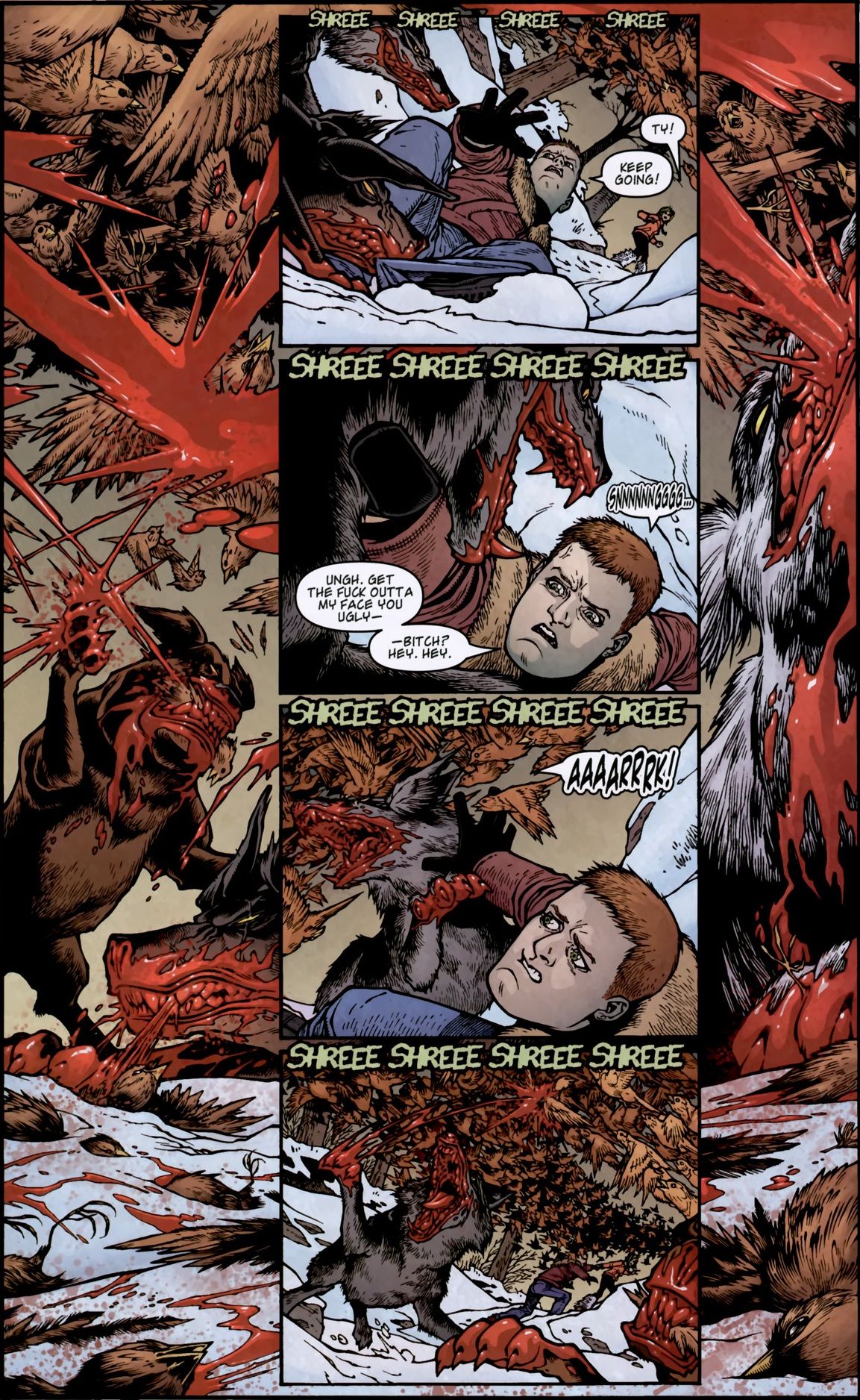You voted, and now, after over 1,000 ballots were cast (precisely three more ballots cast than four years ago), here are the results of your votes for your favorite comic book creator runs of all-time (this is the FOURTH time we've done this countdown. We're on an every four year schedule)! I'll try to post a new installment every day for the rest of the countdown.
To recap, you all sent in ballots ranking your favorite runs from #1 (10 points) to #10 (1 point). I added up all of the points and here we are!
64. Robert Kirkman, Cory Walker and Ryan Ottley's Invincible – 179 points (2 first place votes)
Invincible #1-144
Robert Kirkman and Cory Walker first gained Image’s attention with their mini-series about Erik Larsen’s SuperPatriot character.
Soon, Image decided to buck industry trends and attempt to launch a brand new, old school superhero line of comics.
Invincible is the only comic left from that line. It has managed to draw attention due to Kirkman’s interesting blend of Silver Age-style stories with a more modern feel. The early issues were like a mixture of Ditko/Lee Spider-Man and Superman, as Invicible was a young teen whose father is the revered superhero, Omni-Man, and Mark learned that he has superpowers as well!!
Taking the name Invincible, Mark begins his training as a superhero. Soon after, though, Kirkman pulled out the rug from under Invicible’s world by revealing that his father was evil and was actually an advance scout for an alien invasion of Earth!
Invincible stood up to his father, and it was dramatically violent (this is the point when Ryan Ottley took over on art duties and has stayed ever since, although Walker later returned for a long arc to give Ottley time to get ahead on the series)…
Now stuck as a hero on his own, the series became about a young man coming into his own as a superhero, as Invincible grew from being a naive teen to a mature young adult, capable of being the leader of a whole generation of heroes.
The comic is a fun action-filled comic book that has a great deal of good-natured humor, although Kirkman is never afraid to bring drama into the book at times – characters ARE killed, and there ARE effects to actions. Also, relationships grow and mature as the series goes by. Invincible ended the series married with a child.
As the series continued, Kirkman added more and more characters to the point where his universe was so vast that although he wanted the series initially to be self-contained, he even spun off a short-lived series spotlighting the main superhero team from the Invincible universe.
The final issue was a striking look at the passage of time, "resolving" everyone's story while acknowledging that that was not the purpose of any of it.
63. Alan Moore and J.H. Williams III's Promethea – 181 points (3 first place votes)
Promethea #1-32
Promethea was an extremely interesting comic in the way that it was such a malleable concept that writer Alan Moore himself used the book to tell two dramatically different types of stories, all ably aided by the burgeoning artistic brilliance of artist J.H. Williams III, who went from being a strong artist to being one of the best artists in the entire comic book business.
Promethea was a young girl who was taken by two Gods into “Immateria,” a land of imagination, where she continues to exist as a living story. She can appear on Earth when someone calls to her by writing about her – when someone does so, either they (or their muse) can BECOME Promethea.
That is what happens to student Sophie Bangs, who becomes Promethea, and soon gets caught up in the crazy superhero world and the much larger world of Immateria.
Here is her writing a poem to BECOME Promethea to save the previous Promethea (this came from the first issue, back when Mick Gray was inking Williams. Williams eventually began inking himself on the series)…
The first book or so of Promethea is heavily influenced by literature, especially as Moore takes us through the Prometheas of the past, including a poet, a cartoonist, a book cover painter and a pair of comic book writers.
Then Moore used Promethea to take the reader on a journey through the Sephiroth of the Qabbalistic Tree of Life, where Moore more or less uses about 15 issues of Promethea to give a series of lectures to the readers about philosophy. Williams really shines during this run, as Moore gives him a whole lot of strange things to draw.
After this storyline ends, we’re treated to an extended storyline about the Apocalypse, which also signaled the end of Moore’s America’s Best Comic book line, so Moore used this storyline to say goodbye not only to the ABC line of comics, but also to the characters within them.
It all culminates in a stunning final issue, which can be read as a 32-page comic book, but can also be read by taking out the pages and arranging them to form two posters (back to back).
It’s a truly brilliant work.
62. Los Bros Hernandez's Love and Rockets – 185 points (5 first place votes)
Love and Rockets #1-50, Love and Rockets Vol. 2 #1-20, Love and Rockets: New Stories #1-8 (ostensibly ongoing)
Love and Rockets is one of the greatest comic book anthologies ever, and it’s quite impressive to note that it is an anthology that is made up of just one family – the Hernandez brothers, primarily Gilbert and Jaime, although brother Mario occasionally chips in, as well.
Each brother primarily tells their own epic tale, while occasionally peppering in one-off stories.
Gilbert’s was Palomar, which was the goings-on of a fictional South American village.
Gilbert later used one of the characters from Palomar, Luba, exclusively.
Jaime’s was Hoppers 13 (which, when the stories were collected, was titled Locas), about two women, Maggie and Hopey, and their developing friendship.
As you can tell, both brothers are known for the work they do with strong female characters, but they’re mostly known for their ability to tell stories about realistic characters, while using a seemingly simplistic art style to do so, sort of sneaking the deep stuff past you with the simple artwork.
One of Jaime's most famous stories was the death of Speedy Ortiz, a young man who had a past relationship with Maggie and who was now in the middle of a gang conflict after dating Maggie’s younger sister (who was also dating another gang leader). Speedy likes to present a tough front but Hernandez lets us see how conflicted he is underneath, but how his indecisiveness runs rough shot over Maggie’s feelings, even after his death...
Tough stuff, but beautifully depicted by Hernandez.
The second "Love and Rockets" series was a good deal of time after the first one and "Love and Rockets: New Stories" is a new extra-sized annual format, so they probably shouldn’t count as part of the “run,” but eh, if you’re interested in these characters, you might as well know that there is a current comic book series with them coming out. And man, "New Stories" is amazing. Jaime, in particular, is doing some of his best work ever on this series. "The Love Bunglers," from "New Stories" #3-4, following a now middle-aged Maggie, was a stunning achievement.
61. Joe Hill and Gabriel Rodriguez' Locke and Key -191 points (1 first place vote)
Locke and Key: Welcome to Lovecraft #1-6, Locke and Key:Head Games #1-6, Locke and Key:Crown of Shadows #1-6, Locke and Key: Keys to the Kingdom #1-6, Locke and Key:Clockworks #1-6, Locke and Key: Omega #1-5 and Locke and Key: Alpha #1-2 (plus the tie-in series, Locke and Key: Golden Age #1-3)
Locke and Key was a series about three siblings (the Lockes) who move to their family estate (Keyhouse) with their mother after their father is murdered. Once there, they begin to discover magic keys that can open up doors in Keyhouse. Different keys have different properties. While this obviously could be a set-up for a fun tale, in the case of Locke and Key it is a horror story, as the keys are involved with some pretty dark magic. Hill manages his large cast extremely well, giving every character (the Lockes plus their friends and family) equal opportunity to shine (or, as is the case with Locke and Key, equal opportunity to get put through terrible situations).
Rodriguez shines with his detailed, expressive artwork. One of the most notable aspects of Locke and Key is the sequential storytelling. A great deal of terror is wrung just out of the usage of panels as the slow reveal of something awful is right at the turn of the page. Rodriguez does a great job milking the horror out of all of his pages.
Hill is also adept at revealing the mystery of the keys slowly but surely. As time goes by, we learn bits and pieces about the history of the keys as we lead up to the final storyline, which will be out soon.
One of the most acclaimed issues of the series (which is a series of mini-series making up three “Acts”) is the first issue of the second mini-series in Act Two, "Keys to the Kingdom," where we see the mindset of the youngest of the Lockes, Bode, as Hill and Rodriguez pay tribute to Calvin and Hobbes by having Bode’s view of the world appear similar to Bill Watterson’s Calvin character.
In the issue, Bode uses the Animal Key to become a bird. However, one of the villains of the book has also used the key to become a wolf and is attacking Bode’s brother and sister. Note the wonderful contrast here by Rodriguez in the depiction of Bode’s attempts to help his siblings from HIS perspective…
and then reality…
Impressive stuff.
Locke and Key was a fine series and one of the best horror comics in YEARS. Hill has brought the series back for occasional miniseries and crossovers in recent years.

